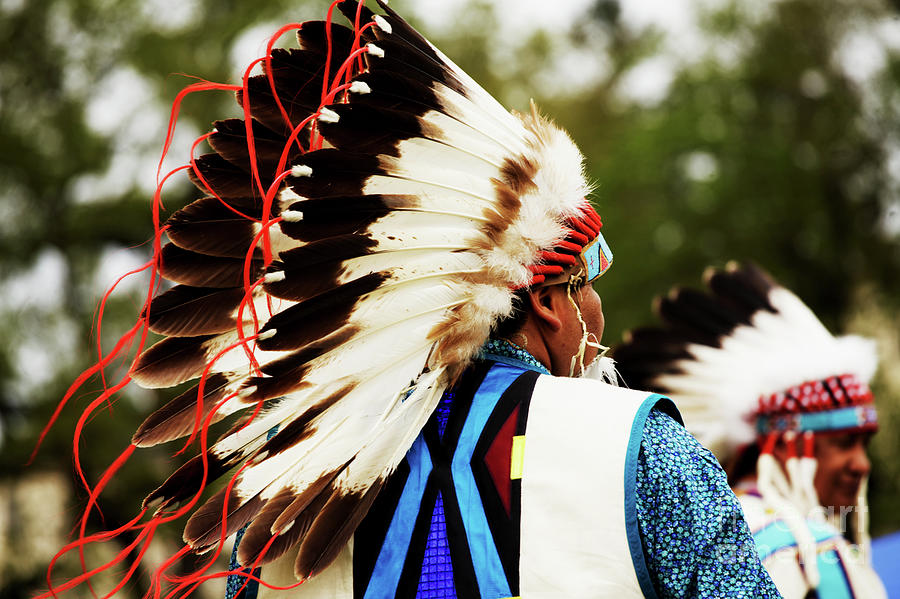Classic example of over-exposing. Take a look at the subjects, the field and everything looks fine. But looking over the horses shoulders into the bright clouds on the horizon and you'll be blinded by the light. The trouble is it draws your eyes into it and makes a great photo a near total loss. Let's try cropping it.
Not much help, because though the horses are better viewed and with even better detail, you are not able to overcome the too high an exposure in the background. Maybe if we crop even more to focus our eyes on only the subjects within the frame. Let's see.
One could make an argument for a nearly acceptable shot, but when nothing is done to better prepare for exposing, the result is pretty much the same. How did this happen?
When looking into your viewfinder, and here I'm assuming your camera is a dslr (digital single lens reflex) you will see an exposure meter. The meter I saw was dead center, and I took the shot assuming the outcome would be perfect. What I didn't do was expose for the brightest area within my composition, the sky. If I had I might have had an under-exposed shot, but it would then have been easy to increase the exposure with a simple adjustment.
Your dslr will have a settings adjustment wheel or button to increase or decrease exposure compensation. If you are not already familiar with this setting, you will find that it should become on of your first tools when exposing for that first, half-depression of the shutter button.
Now let's take a look at a slight move of the meter to the right after exposing for the brighter background. What the camera did was to underexpose to counter that far too bright skyline, then I was able to within less than a second scroll the wheel for adding back exposure compensation.
Not only is there slightly better detail in the shadows, but the background while still being brighter than the immediate foreground is less blown out, making it easier to keep focused on the main subject of the photo, the draft horses and their gear. Location of you and your camera may not always be optimal, as the public needed to remain behind a wooden fence for safety, so lowering of your lens to help eliminate the bright background and exposing for the bright area, as well as slight increases in exposure can lead to much better shoots.
Subscribe to:
Post Comments (Atom)
Celebrate Indigenous Peoples Day, Alongside Christopher Columbus Day
An honorable Day indeed to be able to conjoin both Indigenous Peoples or Native Americans, and Christopher Columbus Day alongside each othe...

-
While this may not be dramatic in a bright happy colorful sense it is so, if in a dark and foreboding way. With this subject I will admit it...
-
Is EXIF an important issue to you? If not you won't get much from this. On the other hand if you are considering selling your images onl...
-
You can view the photography I have displayed currently at Fine Art America, here's the link to my Portfolio there. ...
-
We know that most of us find ourselves in a quandry about what Dad will most treasure for a Father's Day gift. And while I cannot promis...
-
Support IK Artists The Icon you see above represents the way you can support artists at Imagekind. At last count we had 50,000, of which...
-
The Mother's Day Contest has ended and the winners have been selected. Thanks for those who entered and subscribed to OutsideShooters Bl...
-
Color Separation is a process which takes more than a few steps to accomplish. The rewards of accomplishment are gratifying. The work or f...
-
If you don't mind rushing off to select an art print at imagekind within 48 hours, then here's an offer that's hard to beat. I...
-
Happy Mother's Day. This is in honor of my Mother, whom most of her friends call Dot. I caught her in the midst of preparing the kit...












No comments:
Post a Comment
Comments